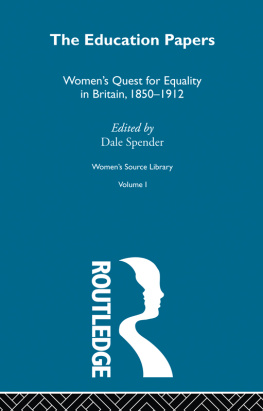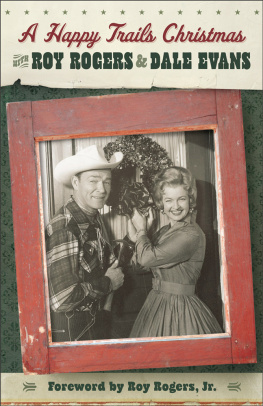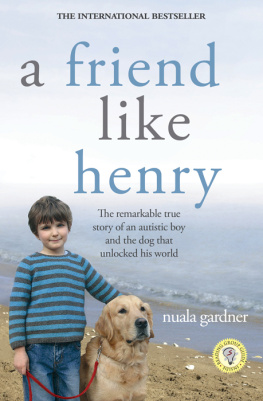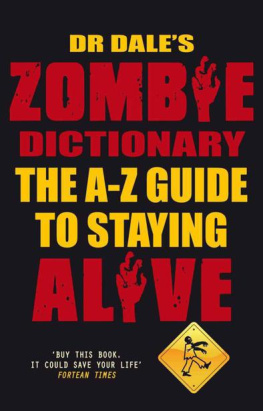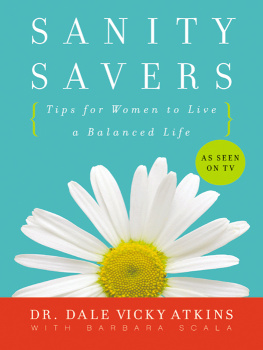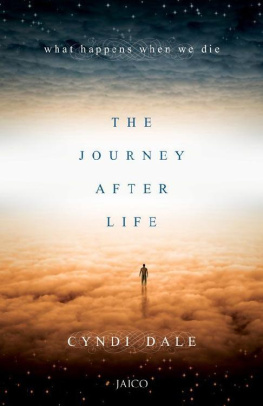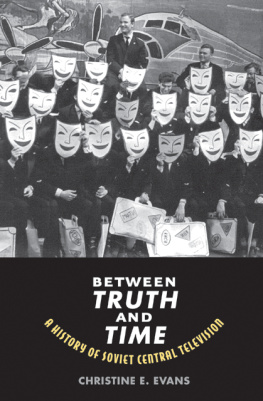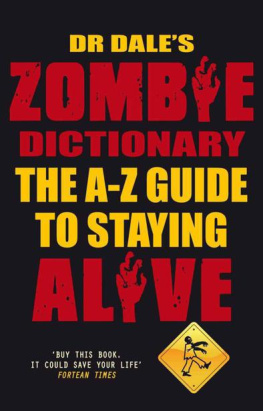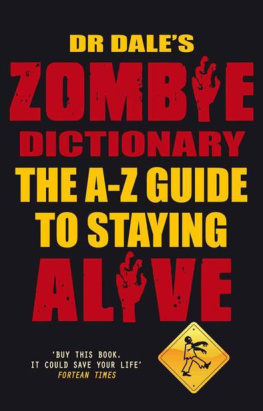THIS SECTION IS FOR READERS WHO LIKE A BEHIND-THE-SCENES PEEK AT an authors process. Since I write nonfiction, much of that process involves tracking down source material. Because of my training as a historian, I grounded Queen of the West in both primary and secondary sources. I want to bring readers a good story, and I also want them to know I did not make anything up.
Dale Evans was a prolific writer, and many of her books contained autobiographical elements. These were good primary sources for understanding how Dale viewed particular events at certain points in her life. But she wrote all her books after her Christian conversion, so her faith greatly influenced her perspective. And she was not always specific with details, especially about her early career. To piece together that early part of the story, I used the online database Newspapers.com to comb through newspapers from across the country. This proved instrumental in documenting where Dale was and what she was doing in the 1920s, 1930s, and early 1940s. Those sources are not infallible. Some news stories got things wrong. Some, like gossip column pieces, were likely crafted in collaboration with Dale, her agent, and the reporter to present an image or a slant. I did my best to sort through all that and figure out what was most accurate.
Cheryl Rogers-Barnetts memoir, Cowboy Princess: Life with My ParentsRoy Rogers and Dale Evans, provided an insiders perspective on Dales life, as did Roy Rogers Jr.s Growing Up with Roy & Dale. Fans looking for an affectionate take on Dale would enjoy reading those, as well as Rogers-Barnetts sequel, Cowboy Princess Rides Again.
The Roy Rogers and Dale Evans Archives in the Library and Archives of the Autry Museum of the American West in Burbank, California, houses the largest collection of items pertaining to Dale Evans. Most of these relate to her years with Roy Rogers and are helpful in reconstructing her television work and various business projects. The UCLA Library Film & Television Archive, in Los Angeles, California, contains a good collection of Dale Evans movies. The Library of Congress, in Washington, DC, holds an extensive collection of fan magazines and song and radio recordings.
King of the Cowboys, Queen of the West, by Raymond E. White, remains the best dual biography of Roy Rogers and Dale Evans. It is also a near-exhaustive compendium of their recordings, movies, radio and television shows and appearances, and books. This secondary source provided me with a basic outline of Dale Evanss life and career.
Other nonfiction books and scholarly works provided crucial context for setting Dales experiences into the proper historical timeframe. On the history of country music, I relied on Mary A. Bufwack and Robert K. Oer-mann, Finding Her Voice: Women in Country Music, 18002000; Kristine M. McCusker and Diane Pecknold, eds., A Boy Named Sue: Gender and Country Music; and Peter La Chapelle, Proud to Be an Okie: Cultural Politics, Country Music, and Migration to Southern California. Information on movies, radio, and television came from Edward D. Berkowitz, Mass Appeal: The Formative Age of Movies, Radio, and TV; Richard Maurice Hurst, Republic Studios: Between Poverty Row and the Majors; James L. Baughman, Same Time, Same Station: Creating American Television, 19481961; and Gary A. Yoggy, Riding the Video Range: The Rise and Fall of the Western on Television.
For Hollywood during the Cold War era, see Gerald Horne, Class Struggle in Hollywood, 19301950: Moguls, Mobsters, Stars, Reds, & Trade Unionists; Glenn Frankel, High Noon: The Hollywood Blacklist and the Making of an American Classic; and Stanley Corkin, Cowboys as Cold Warriors: The Western and U.S. History. On the history of evangelicals in the United States, I turned to Kristen Kobes Du Mez, Jesus and John Wayne: How White Evangelicals Corrupted a Faith and Fractured a Nation; John G. Turner, Bill Bright & Campus Crusade for Christ: The Renewal of Evangelicalism in Postwar America; and Aaron K. Ketchell, Holy Hills of the Ozarks: Religion and Tourism in Branson, Missouri. Catherine E. Rymphs Republican Women: Feminism and Conservatism from Suffrage through the Rise of the New Right provides a crisp overview of conservative womens politics.
To better understand adoption, I consulted Ellen Herman, Kinship By Design: A History of Adoption in the Modern United States and Barbara Melosh, Strangers and Kin: The American Way of Adoption. Three biographies proved especially useful: Holly George-Warren, Public Cowboy No. 1: The Life and Times of Gene Autry; Jennifer Frost, Hedda Hoppers Hollywood: Celebrity Gossip and American Conservatism; and Samantha Barbas, The First Lady of Hollywood: A Biography of Louella Parsons.
My ideas about celebrity are drawn from Sharon Marcus, The Drama of Celebrity, and Samantha Barbas, Movie Crazy: Fans, Stars, and the Cult of Celebrity. Marcuss book, in particular, provided an essential framework for thinking about Dale Evanss career.
Further details about these sources and others are found in the Notes section.
Theresa Kaminski, who earned her PhD in history from the University of Illinois at Urbana-Champaign, specializes in writing about scrappy women in American history. She is the author, most recently, of Dr. Mary Walkers Civil War: One Womans Journey to the Medal of Honor and the Fight for Womens Rights. Theresa also wrote a trilogy of nonfiction history books on American women in the Philippine Islands during World War II. After more than twenty-five years as a university history professor, she is now retired from teaching (but not from writing), and lives with her husband in central Wisconsin at a place known affectionately as Southfork.
I HAVE SPENT MORE THAN TEN YEARS, ON AND OFF, RESEARCHING AND writing about Dale Evans. The only other person who has lived with this project for as long is Charles Clark, my husband. He is the very best beta reader. I am so grateful for the time he has taken with the manuscript and for the conversations we have had about events in Dales life.
I am indebted to the Autry Museum of the American West, which awarded me a 2019 Visiting Scholar Fellowship. Without it, I would not have been able to access the Roy Rogers and Dale Evans Archives. Liza Posas, head of Research Services and Archives, along with her staff, kept the boxes of documents flowing during the weeks I spent there.
Cheryl Rogers-Barnett generously gave permission to use many of the photos in this book. She also offered to fact-check the manuscript. Cheryl provided many interesting details that enriched this story in several spots, and she provided an eagle copyeditor eye on the pages.
Thanks as well to the generous scholars who provided support along the way. Historians Megan Kate Nelson (who could herself lay claim to a Queen of the West title) and Stacy Cordery (my role-model historical biographer) wrote letters of recommendation for the Autry fellowship. Holly Van Leuven, Ray Bolgers biographer, checked through her sources for any mention of Dale Evans. Ann Little, who wrote the marvelous Historiann blog and the equally marvelous The Many Captivities of Esther Wheelwright, found me a copy of Dale Evanss book, To My Son. Susan Brewer and I swapped chapters of our manuscripts-in-progress. For over twenty-five years, she, Leslie Midkiff DeBauche, and Valentina Peguero have been the very best friends and colleagues.
So long ago he probably does not remember, Don Cusic, Curb Professor of Music Industry History at Belmont University, spent an afternoon talking to me about Dale Evans and generously gave me a couple of his books. Raymond E. White, professor emeritus of history at Ball State University, shared so much of what he collected from writing his massive compendium,


